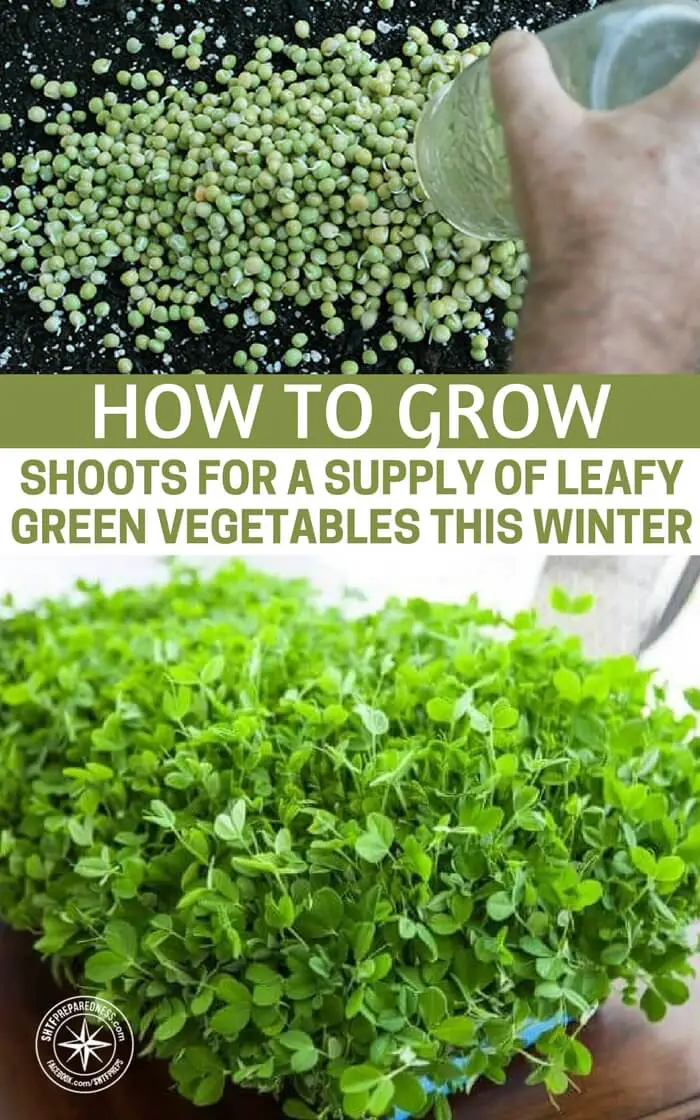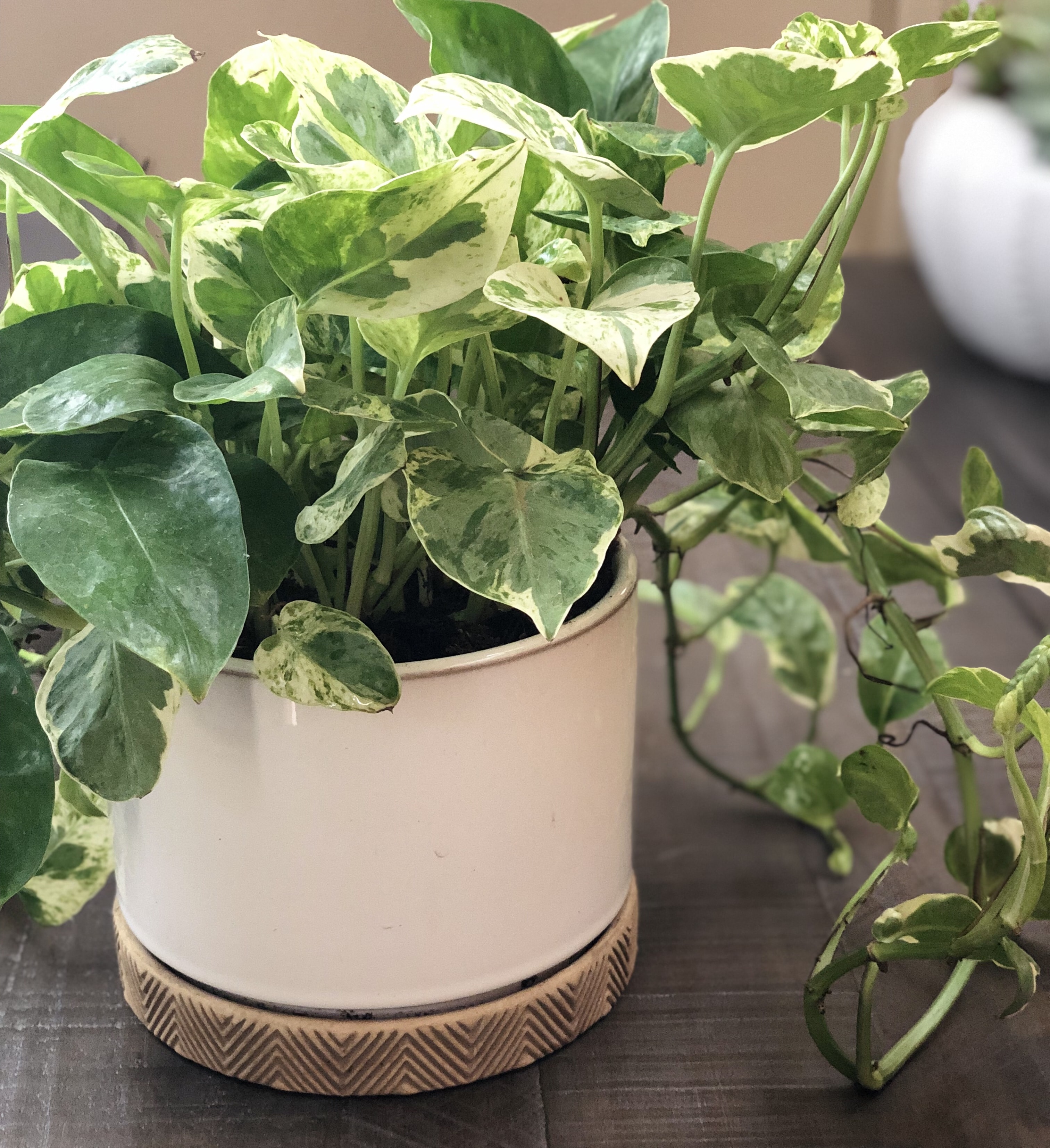Grow Winter Leafy Greens Indoors: A Comprehensive Guide

Are you craving fresh, crisp salads in the dead of winter? Imagine plucking tender, homegrown leaves from your indoor garden, even as snow blankets the ground outside. Growing leafy greens indoors during winter is not only possible but also incredibly rewarding. Let's dive into the world of indoor winter gardening and discover how to cultivate your own fresh produce, regardless of the weather outside.
Why Grow Leafy Greens Indoors During Winter?
Growing leafy greens indoors during winter isn't just a hobby; it's a game-changer. Here's why:
- Fresh Produce Year-Round: No more settling for wilted, store-bought greens. Enjoy fresh, organic produce anytime.
- Cost-Effective: Save money by reducing your grocery bill. A packet of seeds costs far less than repeated trips to the supermarket.
- Health Benefits: Leafy greens are packed with vitamins and minerals. Growing your own ensures you're getting the freshest, most nutrient-dense food possible.
- Sustainable Living: Indoor gardening reduces your carbon footprint by cutting down on food miles and packaging waste.
Getting Started with Indoor Winter Gardening
Choosing the Right Leafy Greens
Not all greens are created equal when it comes to indoor winter gardening. Some varieties thrive in indoor conditions, while others struggle. Here are some of the best options:
- Lettuce: Loose-leaf varieties like 'Black Seeded Simpson' and 'Red Sails' are quick to grow and don't require much space.
- Spinach: 'Space' and 'Bloomsdale' are great for containers and can tolerate lower light levels.
- Kale: 'Dwarf Siberian' is a compact variety that grows well indoors.
- Arugula: This peppery green grows quickly and can be harvested in just a few weeks.
Setting Up Your Indoor Garden
Location, Location, Location
Just like in real estate, location is crucial for your indoor garden. Place your plants near a south-facing window for maximum sunlight. If natural light is scarce, consider supplementing with grow lights. LED grow lights are energy-efficient and provide the full spectrum of light that plants need.
Container Gardening
Choose containers that are at least 4-6 inches deep to give your greens enough room to grow. Ensure they have good drainage to prevent root rot. You can use traditional pots, or get creative with upcycled containers like old boots, mason jars, or even repurposed furniture.
Soil and Fertilizer
Use a well-draining potting mix designed for container gardening. Avoid garden soil, which can be too heavy and compacted for indoor plants. Add a balanced, water-soluble fertilizer to your watering routine to provide essential nutrients.

Advanced Techniques: Indoor Hydroponics
If you're ready to take your indoor winter gardening to the next level, consider hydroponics. This soil-less growing method delivers nutrients directly to the plant roots, resulting in faster growth and higher yields. Plus, it's a fun and fascinating way to grow vegetables indoors.
There are several types of hydroponic systems, but some of the easiest for beginners are:
- Wick Systems: These use a wick to draw nutrient solution up to the plant roots. They're simple, low-maintenance, and great for leafy greens.
- Kratky Method: This is a passive hydroponic system where plants are suspended above a reservoir of nutrient solution. As the water level drops, the plant roots grow longer to reach it.
For a comprehensive guide to hydroponics, check out this resource from Maximum Yield.
Caring for Your Indoor Leafy Greens
Watering
Water your plants consistently, but be careful not to overwater. A good rule of thumb is to water when the top inch of soil feels dry. If you're using hydroponics, monitor the nutrient solution levels and top up as needed.
Temperature and Humidity
Leafy greens prefer cooler temperatures, ideally between 60-70°F (15-21°C). They also like high humidity, which can be a challenge in heated indoor environments. Consider misting your plants or placing them on a tray of pebbles filled with water to increase humidity.
Harvesting
Most leafy greens can be harvested in 3-6 weeks, depending on the variety. For a continuous supply, practice succession planting by starting new seeds every few weeks.

Troubleshooting Common Issues
Even the greenest thumbs encounter problems now and then. Here are some common issues and solutions:
- Leggy Plants: If your plants are tall and spindly, they're not getting enough light. Move them to a brighter spot or add grow lights.
- Yellow Leaves: This can indicate overwatering or nutrient deficiency. Check your watering schedule and ensure you're using a balanced fertilizer.
- Pests: Even indoor plants can attract pests like aphids and spider mites. Inspect your plants regularly and treat any infestations promptly with insecticidal soap or neem oil.
Conclusion: Embrace the Joy of Winter Gardening
Growing leafy greens indoors during winter is more than just a way to put food on the table. It's a rewarding hobby that brings a touch of nature into your home and offers a sense of accomplishment. Plus, there's nothing quite like the taste of fresh, homegrown produce.
So, why not give it a try? Start small, experiment, and enjoy the journey. Before you know it, you'll be harvesting your own winter salad greens and wondering why you didn't start sooner. Happy growing!
FAQs
What are the best grow lights for indoor leafy greens? LED grow lights are a popular choice due to their energy efficiency and full-spectrum light. Fluorescent lights (CFLs or T5s) can also work well for greens.
Can I grow leafy greens from scraps? Yes! Many leafy greens, like lettuce and bok choy, can be regrown from scraps. Place the base of the plant in water, and new growth will appear in a few days.
How can I prevent my indoor garden from becoming messy? Use trays or saucers under your pots to catch any water overflow. Regularly clean up any fallen leaves or debris to keep your garden tidy.
What if I don't have a sunny window for my plants? If natural light is limited, grow lights can provide the necessary light for your plants. There are many compact and affordable options available.
Can I grow other vegetables indoors besides leafy greens? Absolutely! Many vegetables can be grown indoors, including herbs, radishes, and even compact varieties of tomatoes and peppers. The key is to choose varieties suited to indoor conditions.
0 Response to "Grow Winter Leafy Greens Indoors: A Comprehensive Guide"
Post a Comment